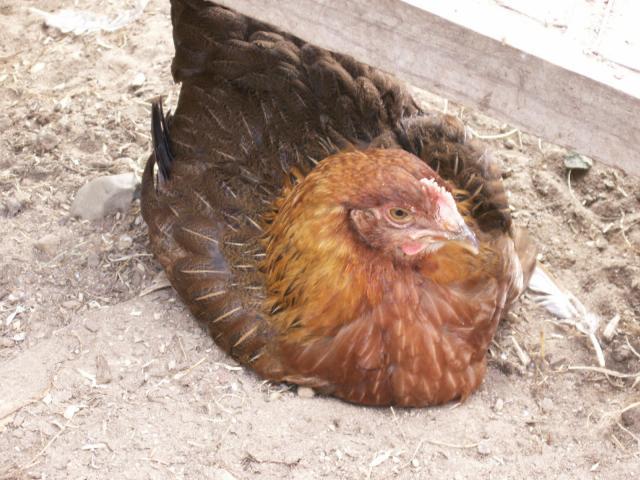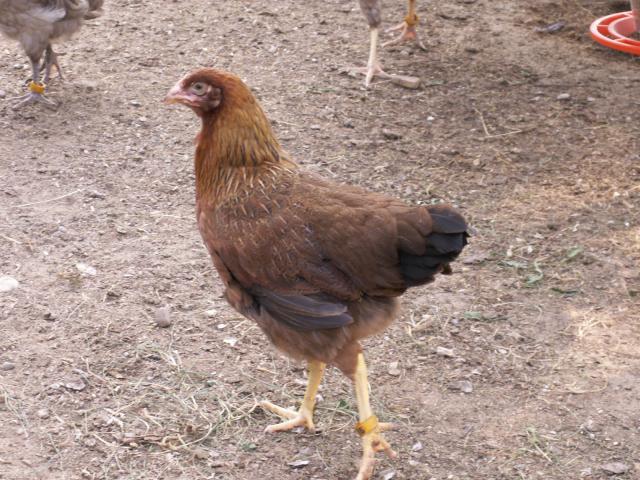As the Welsummer Club site is building it's membership, would it be helpful, maybe on the Yahoo Groups site cause they have an area for this, to make up a file or archive of these more common faults that are being found in Welsummer hatches?
I understand that many breeders are new (like myself) and even with asking questions out there, not everyone appears to have pure Welsummers. As this breed is NEWER to the APA standard and has a lot of pollution in the gene pool from unculled, mass produced hatchery stock, would it be good to post a photo album of common problems popping up?
For instance we have the Wellie/Barnie crossed chicks pointed out by PinkChick. We have WHITE chicks and BLONDE chicks. I have had hatching eggs from 4 different egg sellers on BYC involving 5 different breeders here. I am seeing variety in the chicks. But out of 14 eggs, I am only hatching out 2-3 chicks from any group.
Soon I will be getting in more better Wellie stock from BETTER KNOWN sources and I will have those chicks to compare these chicks to.
But for all of you that have already come across discrepancies in hatches amongst the chicks, grown them out, and have seen how those discrepancies then compared to the standard, a photo record may be helpful.
My interest here is NOT to target any egg seller or member of BYC or any hatchery. My interest is simply to accumulate a data file of current discrepancies being found in the breed so that we can all learn what IS a true Welsummer type and what is a cross or old genetic trait popping up.
After all these birds history included several different breeds, including Barnies and Marans if my reading is correct, and even brown leghorns? Those genetics will pop up if enough eggs are hatched out. Also, things like the feather stubs and other traits needing lots of work on this breed.
Here is a 'for instance' of genetic traits appearing in a population. I will use the Cockatiel, which is only found in the wild as a GREY bird with white markings on the wings, Yellow Cheeks and Orange Ear Coverts. Once it was domesticated and bred in an aviary about 100 years ago, an albino bird popped out! Since that bird was born, breeders have worked with the cockatiel and it now comes in a wide variety of colors which are never seen in the wild. This is thought to be because the odd colored bird in the wild would be easily spotted by predators and culled by nature.
So in our Welsummer chickens, even possible with the known originating lines, crossing them may produce undesirable results and those lines themselves produce chicks which need to be culled as not to standard.
I'm interested because besides the BLONDE chick which has popped up in my brooder, I now have a chick with dark gray/black markings in its shoulder feathers. I am color banding to keep all these chicks separated. The blonde chick has grown feathers and it seems more of a reddish brown and solid coloring versus the browner partridge pattern of the other chipmunk chicks. I'll know in a couple weeks how the dark gray/black chick grows in.
But if we have VARIATIONS in our birds and post them here and critique them, it really does help all of us to learn what to look for in our own birds and advice on how to breed to correct the traits are all helpful as we all work together to improve the American Welsummer stock.
Cheers,
Bonnie


